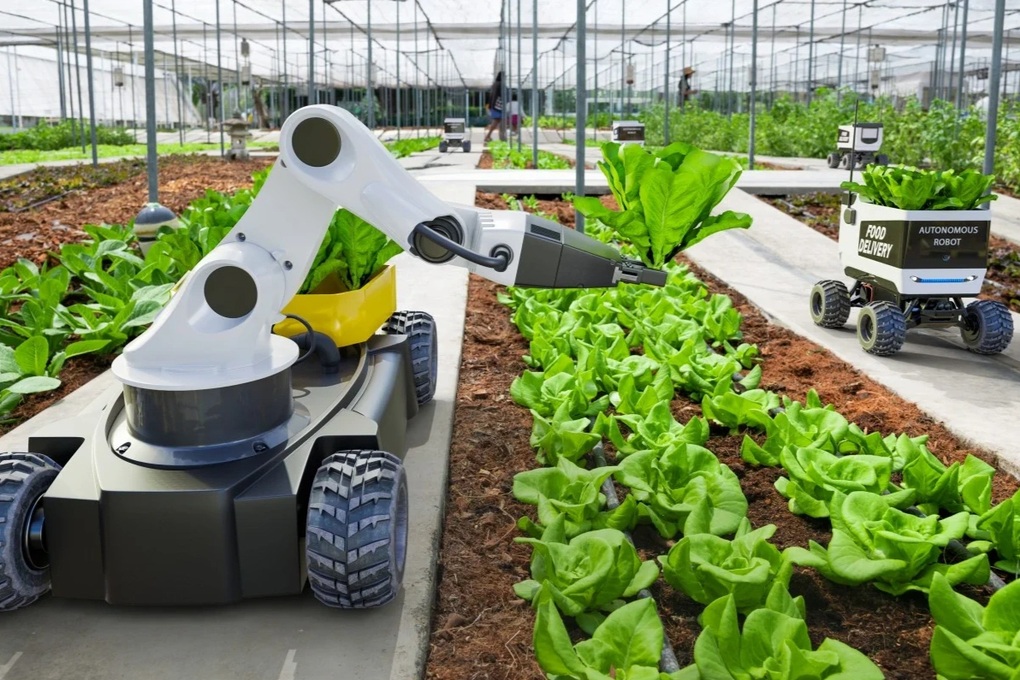
AI gene-editing factories allow rapid breeding of new crop varieties with delicious flavors and high disease resistance (Photo: SCMP).
Chinese scientists have just announced a breakthrough in the field of agriculture , helping to speed up the process of developing hybrid plants by 5 times (equivalent to 400%) by combining robot-friendly gene editing with robots controlled by artificial intelligence (AI).
This technology allows the creation of new plant varieties in just one year, instead of taking up to five years like the traditional method, while significantly reducing labor costs.
Combining Biology, AI, and Robotics: A Closed-End Solution for Hybrid Breeding
According to a publication in the scientific journal Cell , a research team from the Institute of Genetics and Developmental Biology, Chinese Academy of Sciences, has applied the strategy of “crop-robot co-design”, which means designing both plants and robots at the same time.
The key is genetic modification to restructure the flower, making it easier for robots to access and perform cross-pollination. This technique solves a long-standing problem: many plant species have protruding pistils, or complex structures that are difficult for robots to manipulate, forcing them to rely on manual labor.
By combining AI vision technology, positioning, high-precision robot control systems, along with de novo domestication and speed breeding methods, the team has created a fully automated smart breeding factory.
The system can quickly customize plant varieties according to desired criteria, from better taste, eye-catching color, to high disease resistance, better drought or flood tolerance.
Impact on agriculture and future prospects
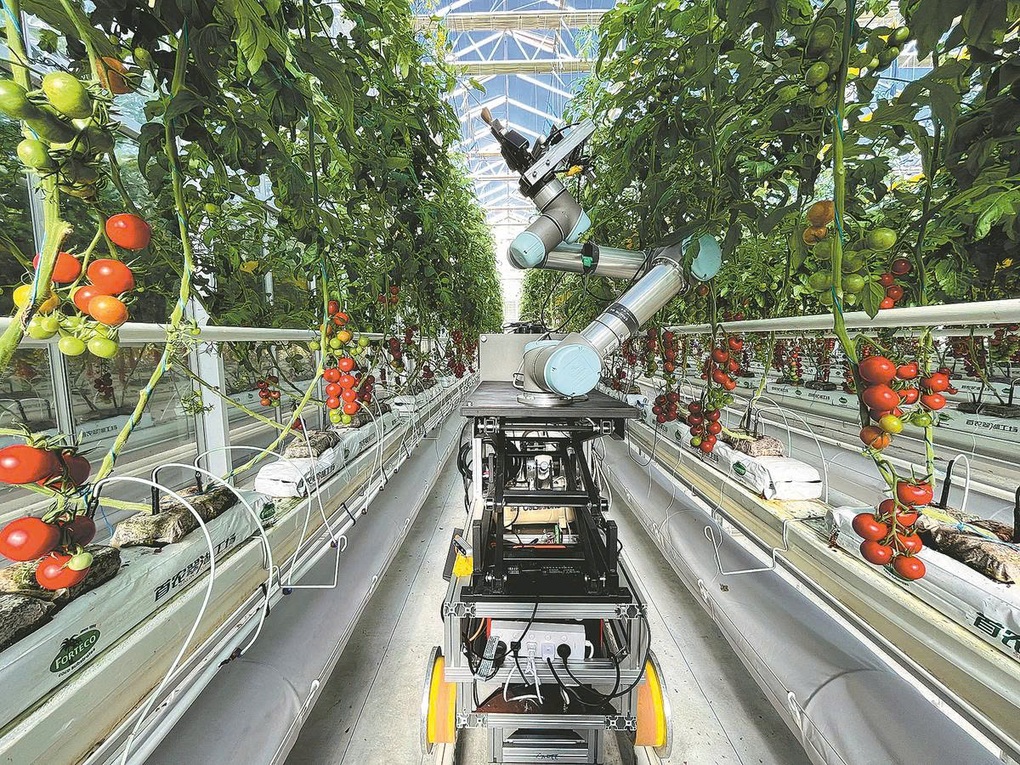
The GEAIR breeding robot cross-pollinates tomatoes in a greenhouse in Beijing (Photo: China Daily).
Not only does it help shorten the development cycle of new varieties from 5 years to 1 year, the robot factory also helps to drastically cut labor costs - a factor that accounts for a large proportion in traditional breeding.
The first trial was conducted on a male sterility system in soybeans. The results showed that the harvest yield could be significantly increased, opening up the possibility of expanding to many other crops such as rice, corn, or vegetables.
This technology is also considered an important part of precision agriculture. This is the trend of optimizing production using data, AI, robots... to create absolute precision, helping crops improve productivity.
In parallel, when combined with soil analysis tools, weather forecasting and smart water management systems, new variety breeding will not only be faster but also respond flexibly to market needs and climate change.
Experts say that if widely deployed, the "robotic hybrid factory" model could change the way humans produce food, helping to ensure global food security in the context of the world's population expected to reach nearly 10 billion people by 2050.
At the same time, the application of this technology in developing countries can help increase productivity and reduce dependence on imported seeds.
Source: https://dantri.com.vn/khoa-hoc/cong-nghe-giup-trung-quoc-vuot-thoi-gian-trong-cuoc-dua-luong-thuc-20250815081118938.htm



![[Photo] Binh Trieu 1 Bridge has been completed, raised by 1.1m, and will open to traffic at the end of November.](https://vphoto.vietnam.vn/thumb/1200x675/vietnam/resource/IMAGE/2025/10/2/a6549e2a3b5848a1ba76a1ded6141fae)

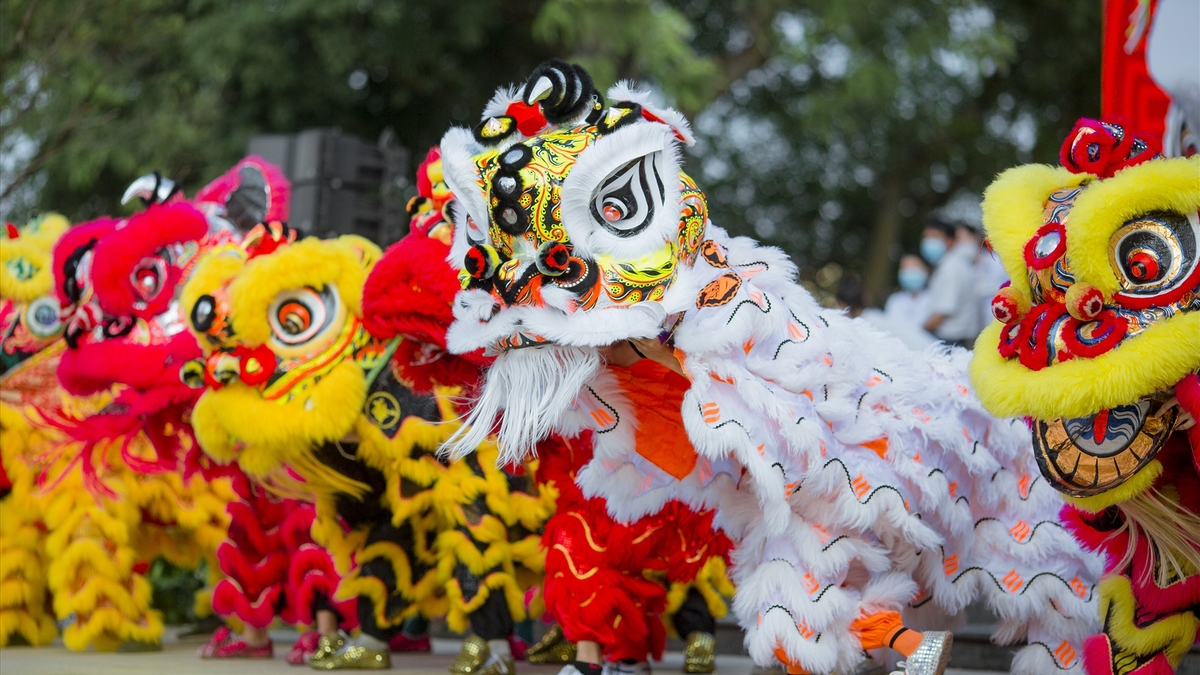


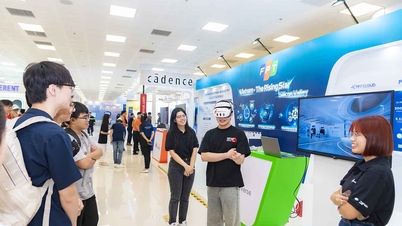






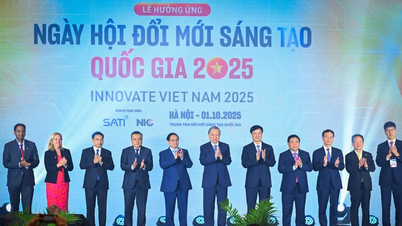


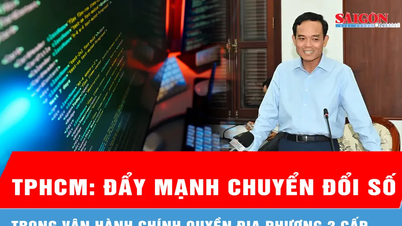
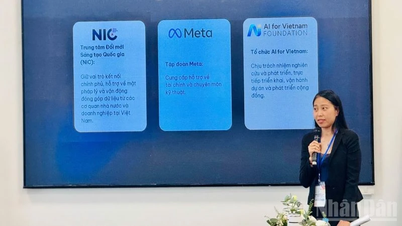

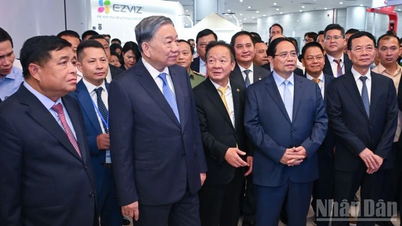
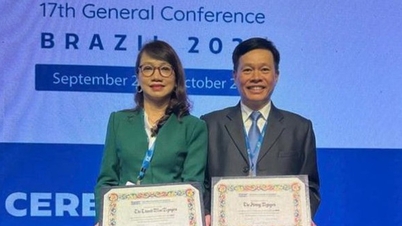














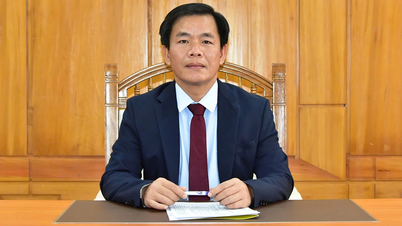








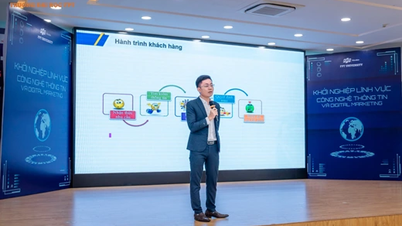


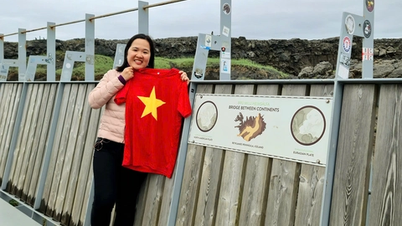
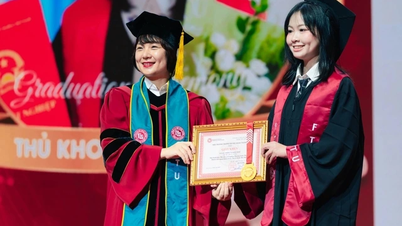







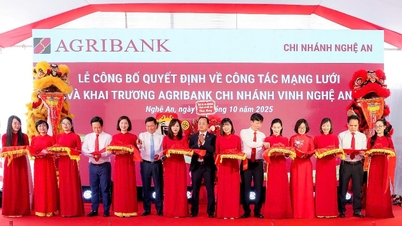

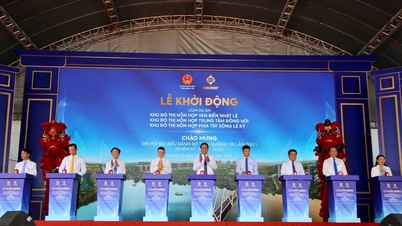

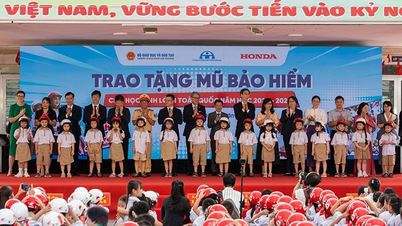

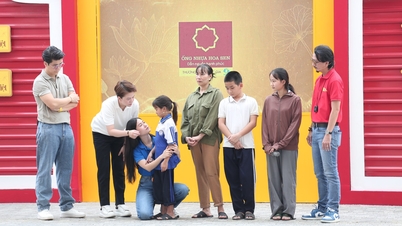
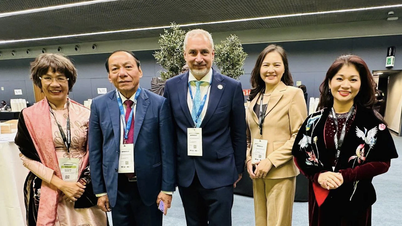
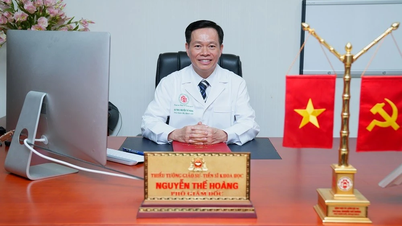







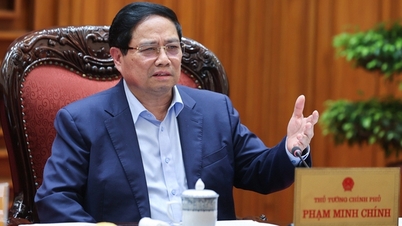








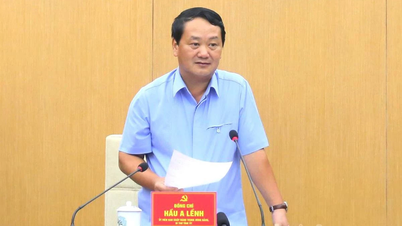
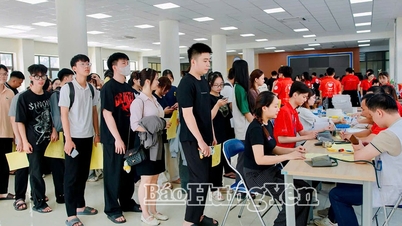


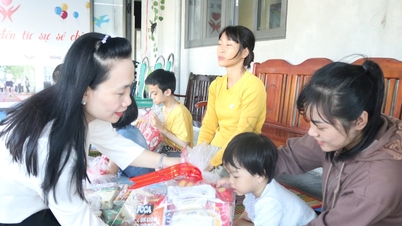

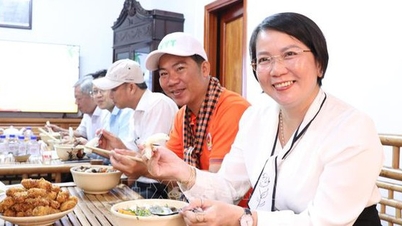












Comment (0)